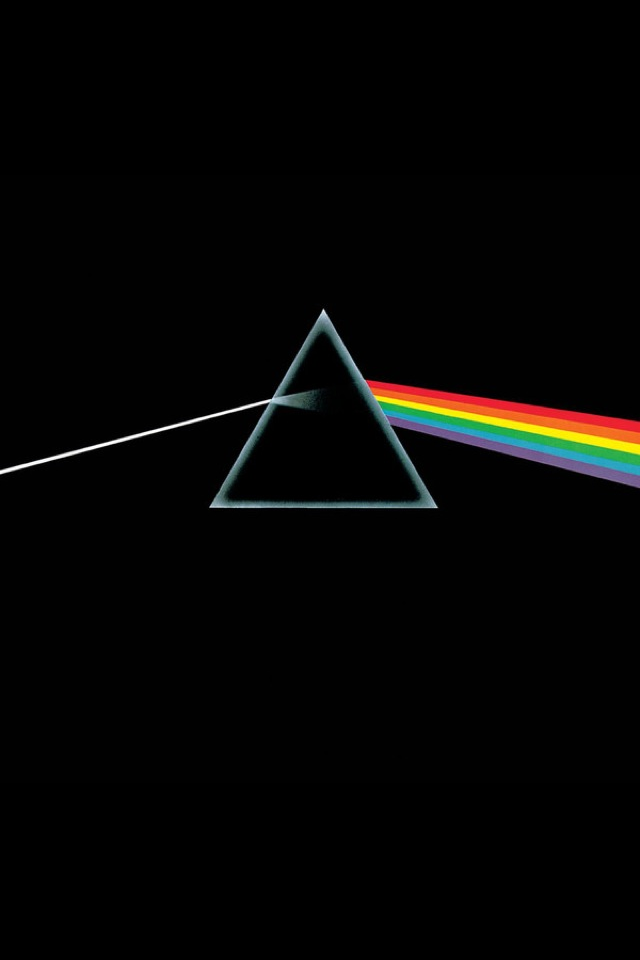
Progressive Rock (also known as Prog Rock, or simply Prog) is a musical genre that was initially developed in the United Kingdom in the late 1960s and had its golden age in the first half of the 1970s. The late 1960s and early 1970s was a time of musical exploration. Young musicians experimented with new musical instruments and incorporated and combined various musical genres in new, unexpected ways. Progressive Rock was a natural outgrowth of the experimental Psychedelic period. What took Progressive Rock to another level was that the musicians who got involved had a more developed understanding of music theory and musical history.
Although there are different perspectives about the beginning of progressive rock, early pioneers included the Moody Blues, Soft Machine, The Nice, and Pink Floyd. Experimentation by the Beatles, including one of the early uses of mellotron on “Strawberry Fields Forever,” and ambitious song suites for the second half of Abbey Road, was also highly influential.
Pink Floyd, founded in 1965, released The Piper at the Gates of Dawn (1967) and A Saucerful of Secrets (1968) where they combined pop and psychedelic rock. With the departure of Syd Barrett and the arrival of guitarist David Gilmour, Pink Floyd steered towards a progressive rock direction, adding extended musical pieces, additional sound experimentation and incorporating electronic effects. Pink Floyd’s progressive era started with Ummagumma (1969) and Atom Heart Mother (1970).
The early 1970s produced some of the most iconic and memorable progressive rock acts of all time. Leading artists in the 1970s encompassed British groups Genesis, Pink Floyd, Emerson, Lake and Palmer, King Crimson, Yes, Gentle Giant, Van der Graaf Generator, Renaissance, Caravan, Jethro Tull, Curved Air, Gong, Camel, Greenslade, and Barclay James Harvest.
Thank you for visiting Progressive Rock History!